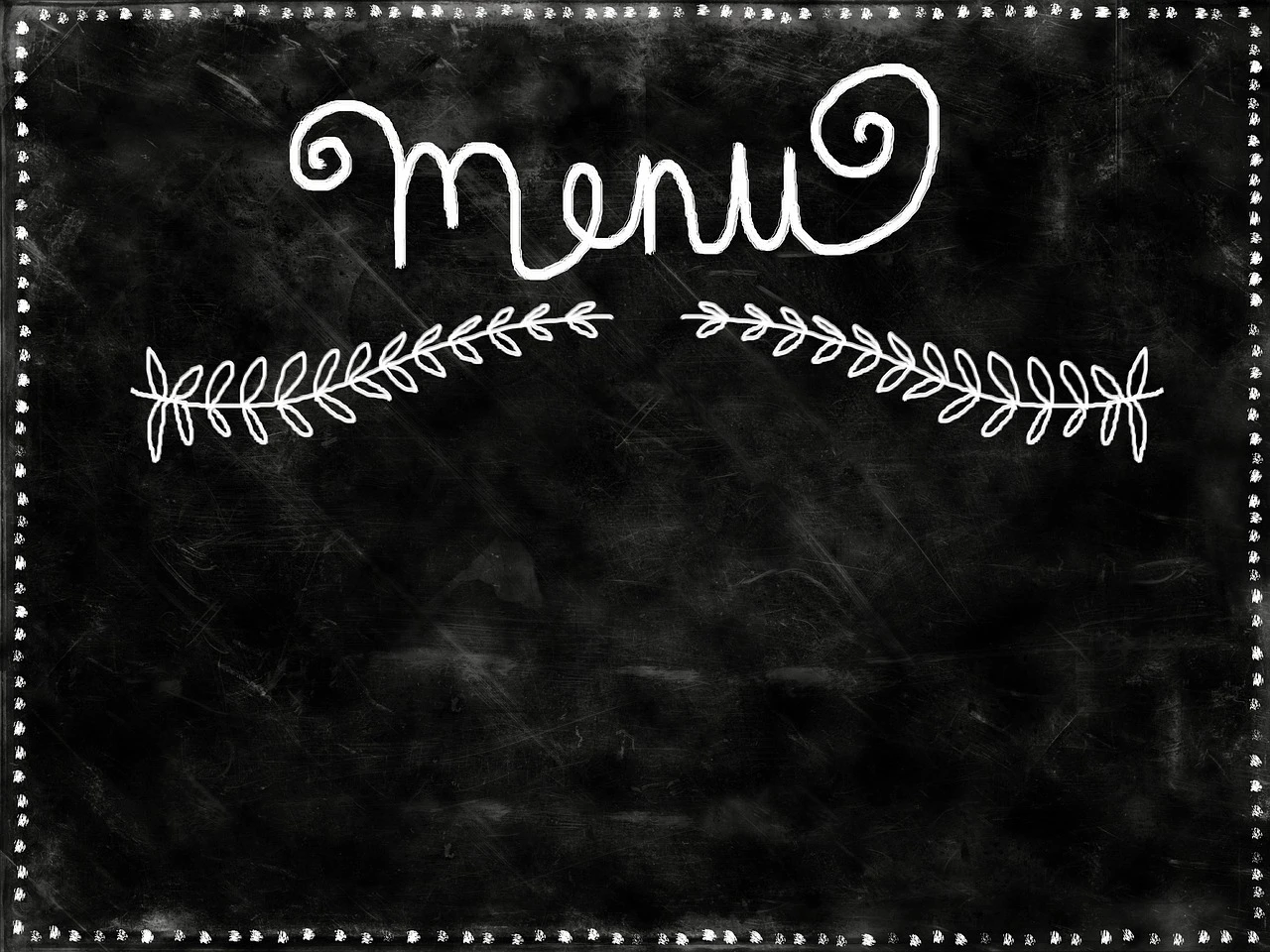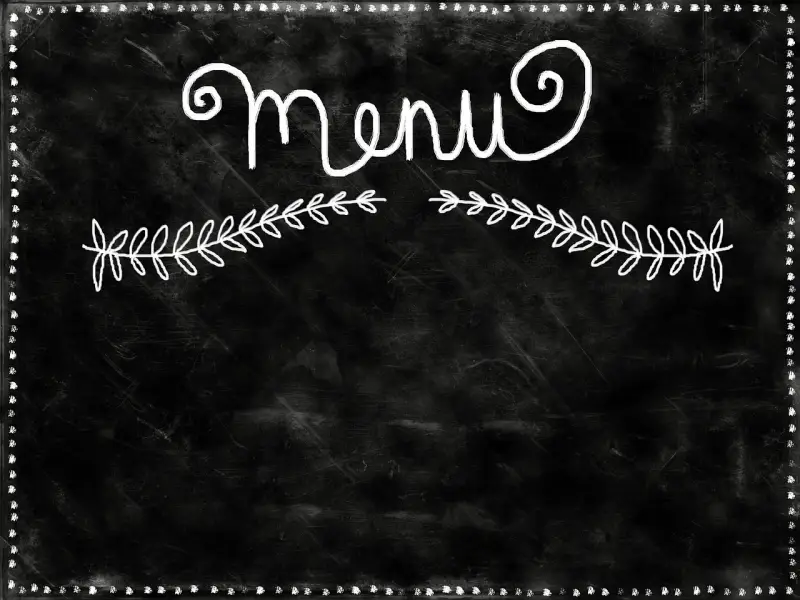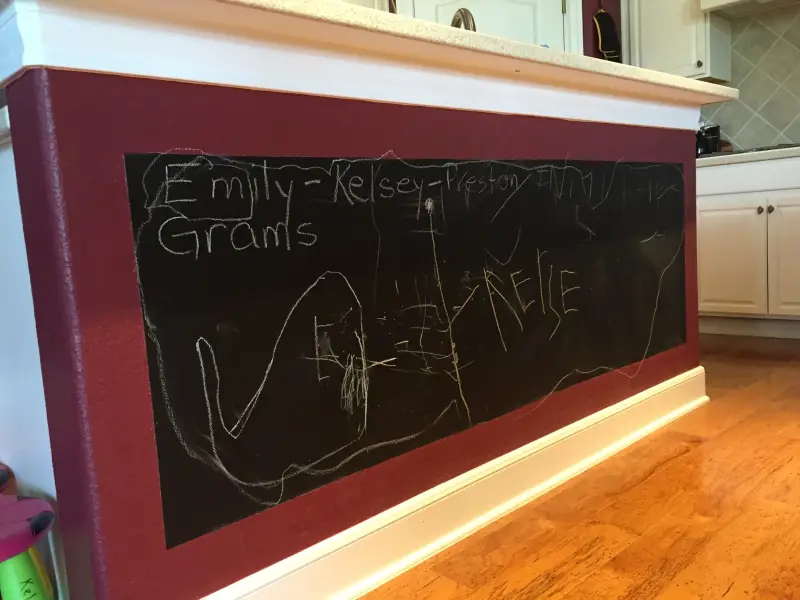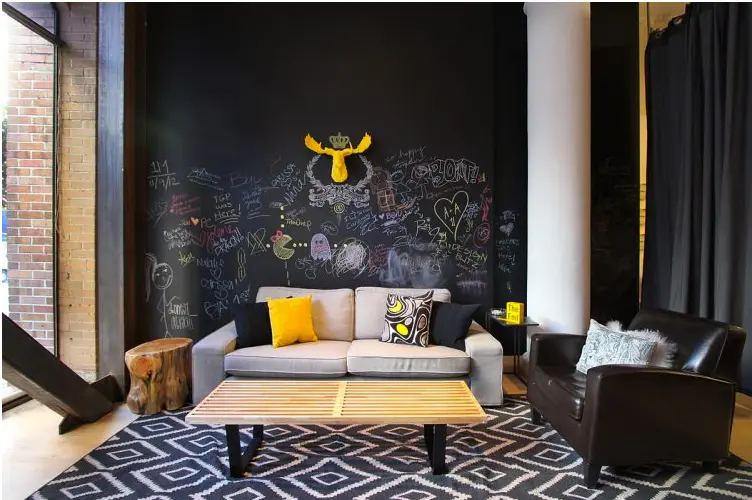Using Chalkboard or Whiteboard Paint in Your Home

Five Star Painting contributed an article to Housely.com covering the best places in the home to use chalkboard or whiteboard paint for convenience and function. We also discussed tips on how to prepare the space and apply the paint.
Read the article HERE! or scroll below
Focal Wall in Living Room
Menu

Chalkboard or Whiteboard Paint in the Home
Paint has been around for thousands of years, but somehow the industry continues to evolve and offer homeowners new ways to incorporate paint innovations into their home’s decor. One such innovation in recent decades is the creation of chalkboard or whiteboard paint. These products allow the homeowner to apply the paint in a desired location, and then once dried, to write on the surface with either a piece of chalk or a dry erase marker.
Where To Use Chalkboard or Whiteboard Paint
While there are some places in the home that do not make sense to put a chalkboard or whiteboard, such as behind the kitchen stove, there are other locations around the home where a board would be both useful and appealing.
Kitchen
The question being asked every night and in every house is typically, “What’s for dinner?” Households could prevent this repetitive question by putting up a chalkboard or whiteboard in the kitchen area with a menu for the week. Planning out meals can take the stress out of deciding on dinner each night and might possibly lead to healthier choices and relying less on take-out ordering. Other functions of a chalkboard or whiteboard in the kitchen could include a location for “special requests” or a space for shopping list items.
To keep children busy while preparing dinner, consider incorporating a big chalkboard on a kitchen island or open wall, as seen here:

Kid’s Room
There is no denying, kids will go nuts over having their own custom chalkboard or whiteboard painted on a wall in their room. It will keep them entertained for hours, and it will allow them to color on the walls without actually coloring ON the walls.
A wallboard in a child’s room can also help parents keep their children on track with chores and homework. One such use would be to draw a calendar grid on the board, then write in what chores or assignments must be done on particular days. The visual will remind the kids of their responsibilities and help the parents hold them accountable. Win-Win!
Mudroom
In many parts of the country, homeowners use a “mudroom” as a place to remove snowy or muddy shoes before entering their homes. It is typically a small landing space or room located between the garage and the interior of the home. Because of this convenient location, mudrooms are often a catchall for jackets, shoes, backpacks, and whatnot. Since the entire family will spend some amount of their day either putting on or removing layers of clothing in this area, a chalkboard or whiteboard on the wall could serve the purpose of reminders and special messages for the family, such as, “Pick Jonny up from soccer practice today at 6pm!”or “Haley, good luck on your test!”
Home Office
For homeowners who work from home, having a writable wallboard could actually assist with organization, creativity and focus. Often times working from home, though full of perks, can come with many distractions like pets, television and the beckoning refrigerator. A chalkboard or whiteboard wall could serve as a place for brainstorming and prioritizing projects. This would also be useful in spaces designated for home schooling.
DIY Steps: How to Use Chalkboard or Whiteboard Paint
Follow these easy steps to achieve a beautiful and useful finished product:
- Tape off the area you plan to transform into the board.
- Remove any texture on the surface so that you will have a smooth writing surface. The key to success is make sure the wall is extremely smooth. Even a slight texture will make it hard to utilize. For most wall textures, a handheld sander will do the trick but be sure to wear a mask to prevent inhaling wall dust particles. Then use a damp cloth to wipe down the surface to remove any leftover wall dust particles.
- For painting, we often use a Rustoleum chalkboard paint. Nowadays, a tinted product is available so the board don’t have to be a slate color unless you want it. For dry erase boards, we’ve use the Sherwin Williams dry erase coating. This coating is clear and can go over a previous painted wall so you can have a dry erase surface the same color as the rest of the room or an accent color.
- When painting larger areas, use a brush to cut in and a roller that leaves a smooth finish, such as a foam roller. If you’re painting over a previously painted surface, there is no need to prime but if you’re going over a bare surface or needed to do considerable sanding, it may require primer. The paint can will offer a recommended time for paint to dry and cure before use.
- An additional option is to frame out the board using wood trim matching the existing trim in your home. We’d also recommend installing a box or tray below the board to hold the chalk and markers for easy access.
By Dan Schaeffer, Owner of Five Star Painting of Austin TX
Read more at https://housely.com/chalkboard-whiteboard-paint-home
 Click to call
Click to call



